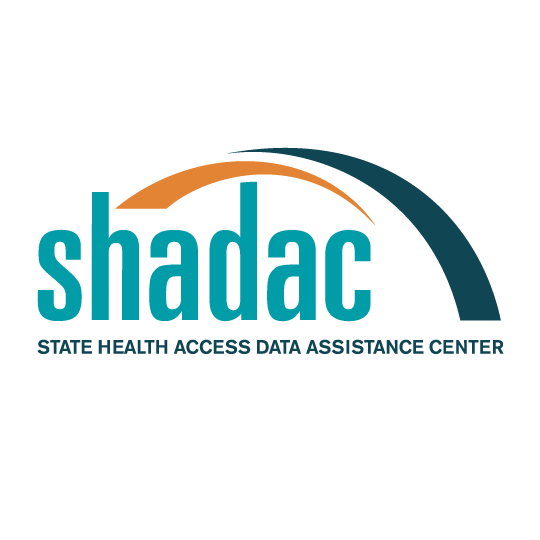Blog & News
Collecting Race, Ethnicity, and Language (REL) Data on Medicaid Applications: 50-State Review Shows Wide Variation in How States Gather this Information
May 25, 2021:
A new version of this SHVS brief was published in November 2022 to provide up-to-date information on Medicaid REL data collection among the states and extend the analysis to include the District of Columbia and the five territories.
Medicaid is a vital source of health insurance coverage for low-income children, adults, and individuals with disabilities; however, many individuals in Medicaid experience significant health disparities. An essential first step in any effort to reduce health disparities and address health equity in Medicaid is to collect and monitor data on disparities by race, ethnicity, and language.
In this brief prepared for State Health and Value Strategies, SHADAC researchers Emily Zylla and Elizabeth Lukanen document how all 50 states are collecting information about race, ethnicity, and language (REL) on their Medicaid applications (both paper and online). Key findings from this analysis include:
Race/Ethnicity Question
|
Minimum Standards -Self-identification as the preferred means of obtaining information about an individual’s race and identity -Allowing respondents to select multiple responses (as opposed to a “multi-racial” category -Starting with two categories of ethnicity: Hispanic/Latino and not Hispanic or Latino -Providing a minimum of five race response options: American Indian or Alaska Native; Asian; Black or African American; Native Hawaiian/Other Pacific Islander; White |
- The majority of states’ applications (44 on paper and 27 online) have two separate questions to ascertain race and ethnicity, while the paper applications of six states (Arizona, Colorado, Massachusetts, New York, Oregon, and Washington) asked some version of a combined race/ethnicity question.
- When race and ethnicity were asked separately, the number of ethnicity categories presented on states’ paper applications ranged from two to eight in both paper and online applications. Half of all states (25) offered six ethnicity options on their paper applications: Mexican, Mexican-American, Chicano/a, Puerto Rican, Cuban, and Other. However, the majority of states’ online applications only offered two ethnicity options: Hispanic/Latino and Not Hispanic/Latino.
Race Response Options
- Most states collect race/ethnicity information with multiple detailed response options. The number of race categories (including subpopulation groupings) presented on states’ paper applications varied considerably, from 5 to 37 on paper applications and from 5 to 20 on online applications.
- States did not necessarily offer the same race categories online as they did on paper.
- Across all 50 states there were 62 variations of racial response options offered on paper and online applications.
- The majority of states offered some type of additional response option beyond the fixed response options such as “other,” “multiracial,” “unknown,” or “decline to answer.”
Language Preferences
- 44 states collect information on primary or preferred language on their paper applications, and all 33 of the states’ online forms reviewed collect this information.
- 18 states asked applicants to separately indicate both their preferred spoken and written language on their paper forms, and 13 states asked applicants to separately indicate both their preferred spoken and written language on their online forms.
- Most application forms or online screens start with a note (often in multiple languages) indicating that translation services are available and free of charge. Many states (37) also provided paper Medicaid applications in languages other than English, most commonly Spanish.
|
State Spotlight: Oregon |
Considerations for States
As states look to improve the completeness of their REL data in Medicaid and consider making changes to either their paper or online applications, the authors recommend that states:
- Keep in mind that individuals may be more likely to complete the race/ethnicity question if they recognize options that correspond to their racial and ethnic identities.
- To improve the granularity of data, a state currently using broad racial and ethnic categories may wish to consider further breaking out some of those categories to represent locally relevant populations.i
- Consider the characteristics of their unique population as well as the state’s analytic capacity.
Further Reading
Access the full brief for more information, including state-specific information on Medicaid REL data collection.
A forthcoming companion brief will provide similar information on the collection of information on sex, gender, and disability.
i Wilson, Geniene, Hasnain-Wynia, Romana, Hauser, Diane, Calman, Neil S. Implementing Institute of Medicine Recommendations on Collection of Patient Race, Ethnicity, and Language Data in a Community Health Center. Journal of health care for the poor and underserved. 2013; 24(2):875-884. doi:10.1353/hpu.2013.0071









